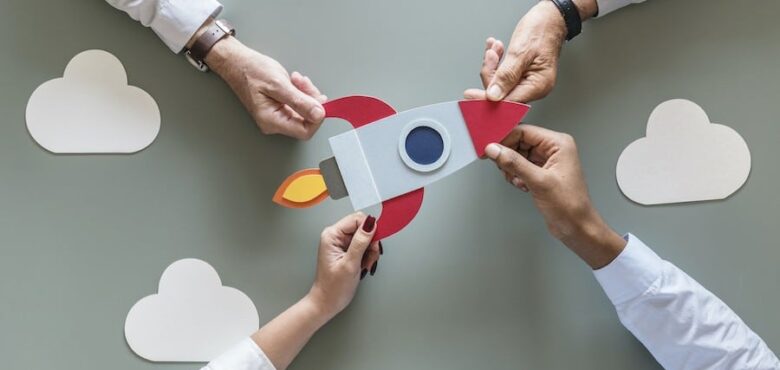Category:

- August 10, 2021
How to Turn Your Great Idea Into a Prototype
Do you have an idea for a product you think the world needs? If you’re serious about getting it to market, then you’re going to need to design a prototype first. If you’re unfamiliar with the process then it might appear daunting, but if you stick to a few simple guidelines, then you’ll be looking at your invention before you know it.
Sketch/Diagram
Begin your product journey by having your idea drawn in detail. One sketch should be of the completed product and another accompanying one should be more technical in nature, showing more of the working parts and dimensions.
If you aren’t much of an artist, then hire someone to help you (just make sure that they have signed the relevant NDAs first).
This step is ideal for trying out different looks and functionality.
3D Modelling
Computer software has now made it a lot easier to render a 3D model of your product. Alongside enhanced AI, you can easily visualize your invention and see how it would look in real life.
A 3D model can also be used to produce a 3D print if needed.
Initial Prototype – Proof of Concept
Building a working prototype is the fun part. If your product is a simple design, without a lot of moving parts, you may be able to use your 3D model to create a 3D print at this point. Some products may need to be manufactured by a custom injection molding facility. Otherwise, you’re going to need to improvise. At this point, you are proving the concept works. It doesn’t need to be pretty, just working.
Full Prototype
Now that you know your idea looks good on paper and works in real life, it’s time to put the two together and create your full prototype. This prototype should look as close to the end product as possible and function fully. You may use slightly different material at this point, but these can be changed in the final stage.
Production-Ready Prototype
This is the final step in the prototype process. Creating a prototype that can be created in the manufacturing process.
As you build this, you need to go through each aspect of your product and decide on materials needed savings that can be made, and any improvements in functionality. You may want to swap heavy metal parts out for plastic to reduce weight or cost. Alternatively, you might want to add different materials in order to make the product look better quality or last longer.
You should be looking to work with a manufacturer at this point who will be able to identify efficiencies and cost savings in the process.
Conclusion
Everyone thinks they have a great idea for a product, but most don’t follow up and turn those ideas into reality. Entrepreneurship isn’t for everyone. The prototyping stage is just one in a long process, but it is a vital one where your product is tested and comes to life. Getting this stage right gives you the best chance of success.

